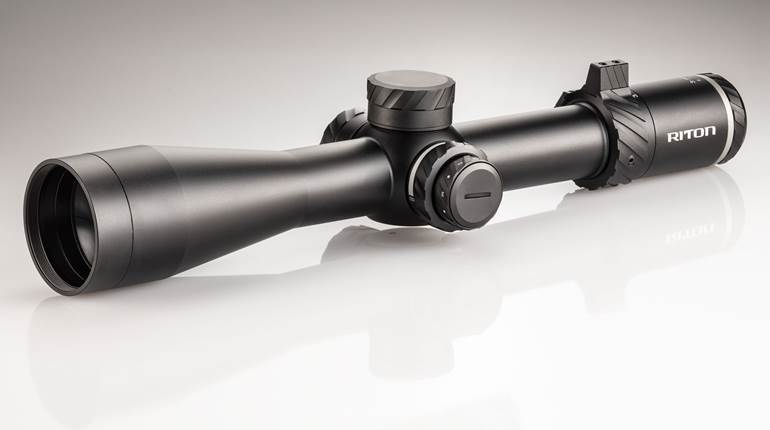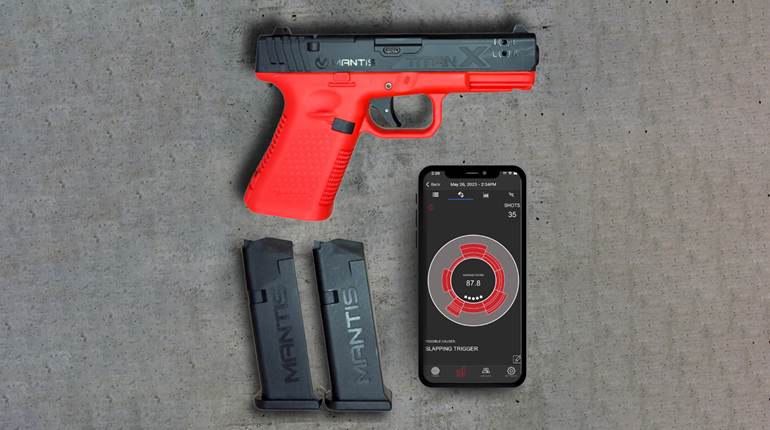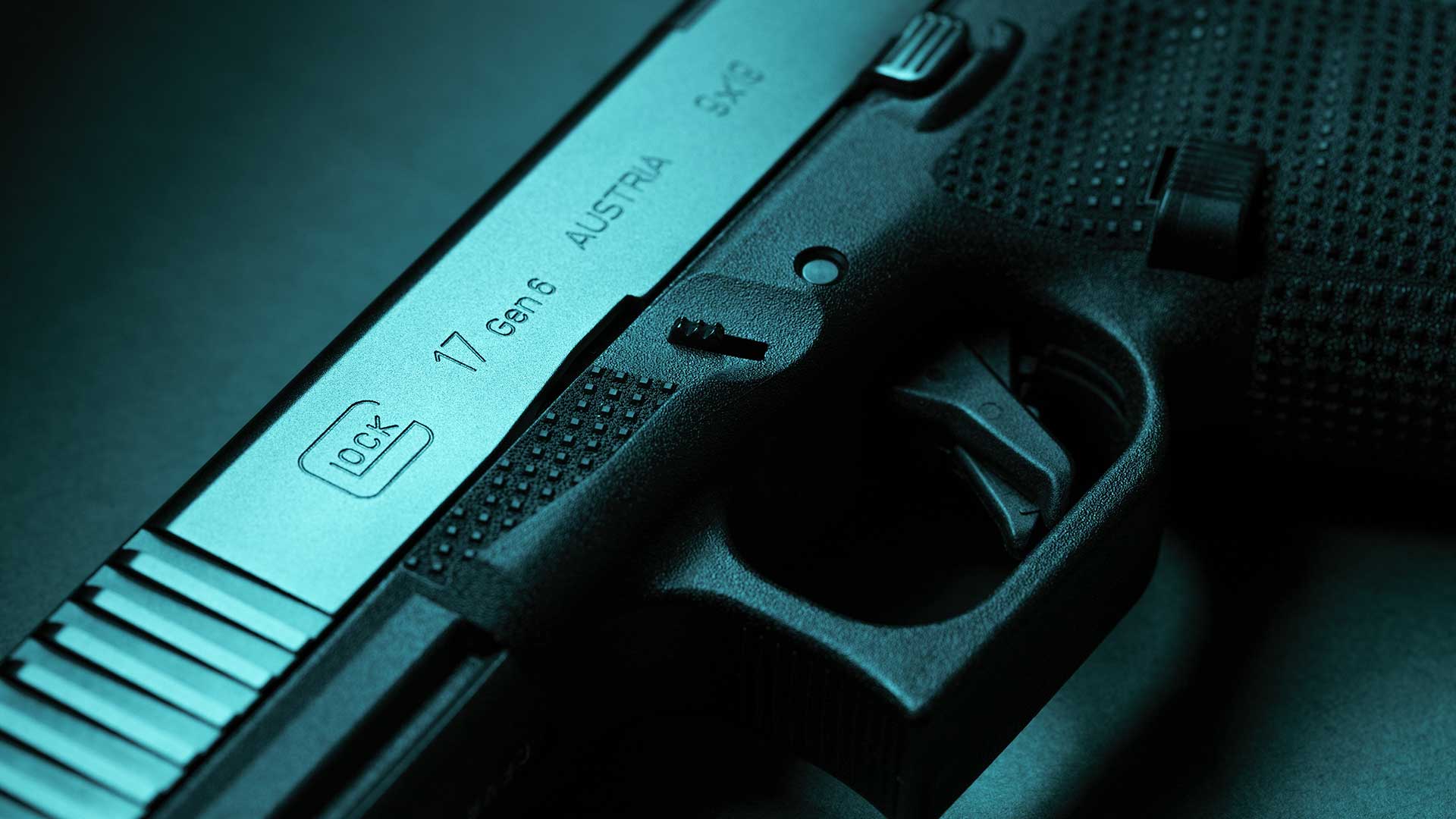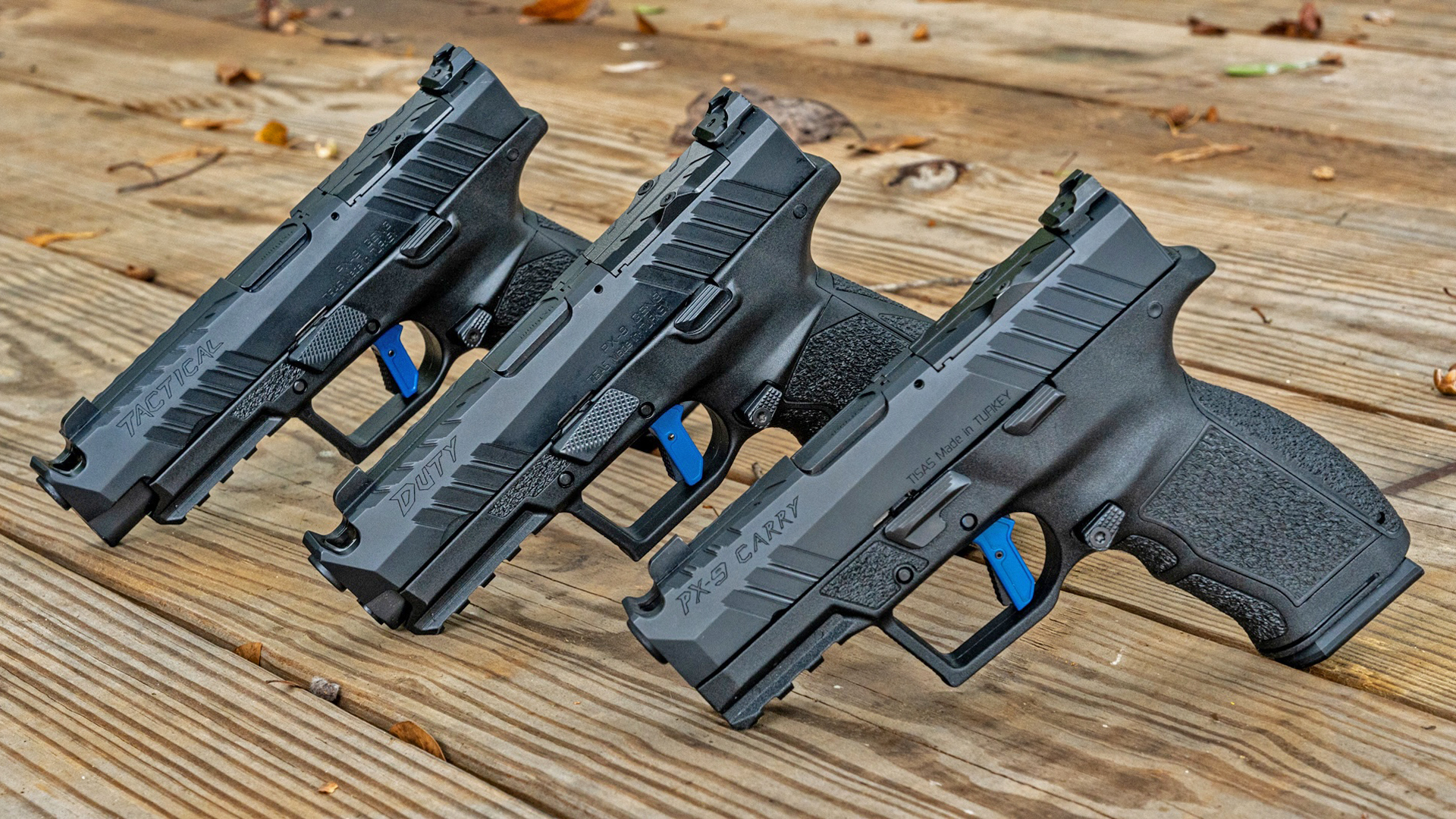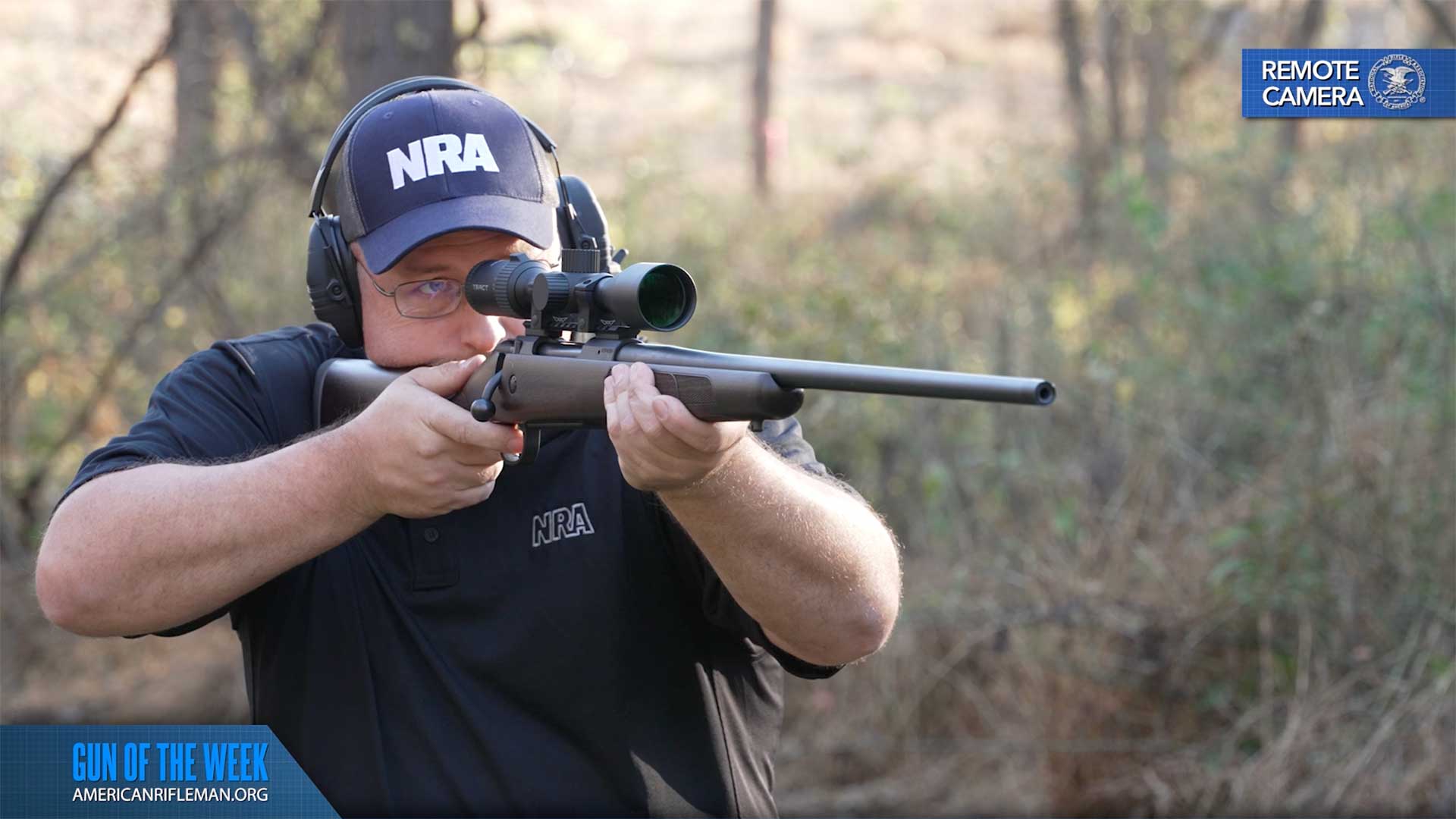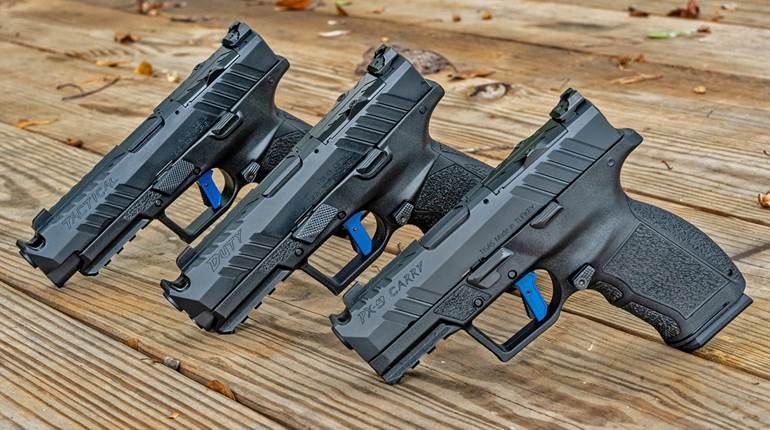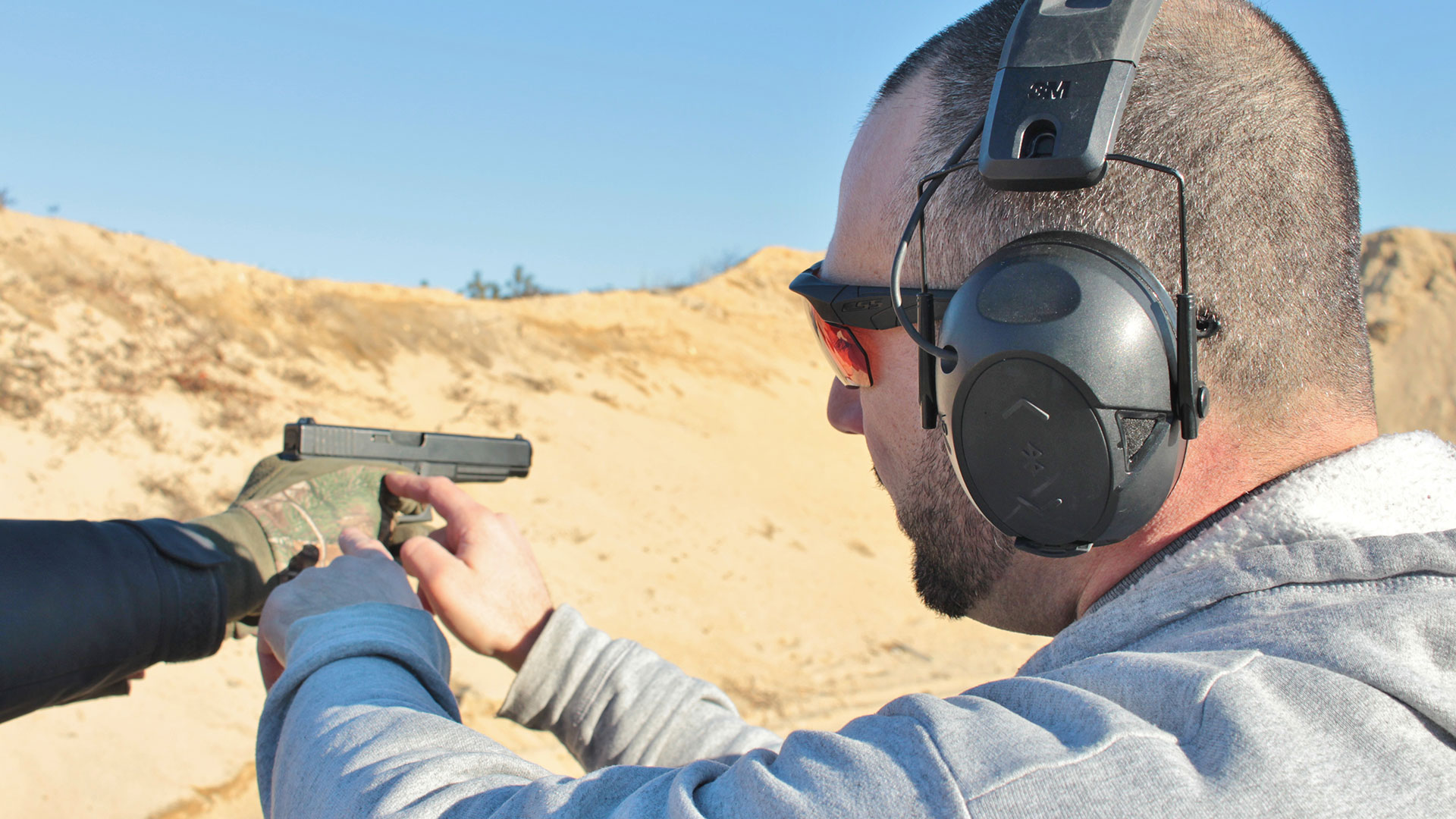
Being a firearms instructor involves a skill set that involves more than just being an accomplished shooter. While some might think that this is the most defining characteristic of a qualified instructor, it actually isn’t. While it’s in the top five, it pales in comparison to the other skills that are more closely associated with the transfer of knowledge.
These skills revolve more around people and communication than they do firearms and personal application of the information. In my experience hiring instructors to teach at Renaissance Firearms Instruction, I have noticed a few reoccurring qualities in the best instructor candidates, as well as some very poor ones that are the peril of all would-be employees. Here are the top five characteristics that I look for before hiring somebody to teach with us.
One: Safety
You would think this wouldn’t be a concern when dealing with a “professional,” but sadly, that is not the case. Many instructors start off their career as safety-conscious individuals, but in time, they develop complacency. Look for an instructor who always keeps their guns pointed in a safe direction, especially during their presentations and demonstrations.
If an instructor tries to tell you that “it’s ok because it’s unloaded,” you ought to leave the area and contact the entity that issued their credentials. Good instructors also keep their fingers off of the trigger unless they are about to fire, and teach their students to do the same. You should also take note to if he or she instills these practices with their students, as this maintains a safe environment for which all to learn not only in but from too. Although it sounds like an old cliché, safety is always first.
Two: Personality
Personality is right up there with safety. Let’s face it, you’re going to be stuck with this individual for several hours, days or even months, so it’s probably best if you enjoy being around them. Seek out an instructor who is polite, respectful and most of all, engaging. If you’re being belittled or find yourself falling asleep during a lecture, you’re not going to get much out of the experience.

Good instructors should be entertaining while adhering to the material and should be able to relate the unknown to the known effortlessly. In addition, they should have more than one way to teach any given subject, as everybody responds differently to the way new information is presented. Lastly, they should be able to transcend to a time when they had the same knowledge base that you currently do and teach to your experience level. A good instructor will not try to impress you with how much they know, they will try to impress you by how much they can get you to understand.
Three: Narrow Band Of Expertise
If you had to learn how to skydive, would you want to learn from an instructor who also professionally taught defensive driving, gunsmithing, yoga, golf, fishing, downhill skiing, sign language, welding and basket weaving? Of course not, as there are only so many teaching hours in a year. The same goes for guns, as each platform and shooting discipline is vastly different. Now, I’m not saying that there aren’t shooters and instructors who excel at multiple disciplines, but there are far more individual grand masters and high masters out there.
I once knew an instructor who had more than 20 “certifications.” That sounds impressive, but if you consider the fact that he only taught on weekends then that means at best he was only teaching any given discipline about five times a year. Realistically, most of those certifications sat dormant for years until somebody called up looking to learn that material. That certainly isn’t a means of maintaining a level of proficiency for applying that skill set, let alone teaching it.
Find yourself a specialist that has excelled in precisely what you want to do and you won’t look back. Better still is to find a company that employs a number of instructors, each with a unique specialty. These entities not only understand this principle but practice it as their business model.
Four: Low Student-To-Instructor Ratio
Time is split among every person in the room, no matter what. Good instructors will keep their classes small or run relays so they can spend time with each student individually. When planning a class, a veteran instructor will be able to tell how much time it typically takes to teach a given skill and then do the math to determine how much range time will be needed to get that across to the registered amount of students.
Look for tiered classes that vary in ratio size, given what is attempting to be taught. Look for smaller ratios in advanced classes, as the information is harder and takes longer to get across. The same can be said for beginner classes for the same reason because of the student’s unfamiliarity with both firearms and the range environment.
Five: Willing To Demonstrate
If you’re struggling with form or the fundamentals of marksmanship, nothing can be more enlightening than a demonstration. I have an hour-long presentation for teaching new shooters how to break clays, and while it is effective for most, it can often be substituted by one solemn word, “watch." Sadly, there are a lot of people that are out there teaching with nothing more than book knowledge of the subject. Unfortunately, that doesn’t serve them well when it’s time to demonstrate the intimate details of what results in a hit and what results in a miss.
A demonstration is one of the more powerful teaching tools and having it absent from their repertoire puts them at a severe handicap when it comes to teaching. Your teacher doesn’t have to be an Olympian, but they should at least be able to demonstrate proficiency that is impressive to your skill level.














